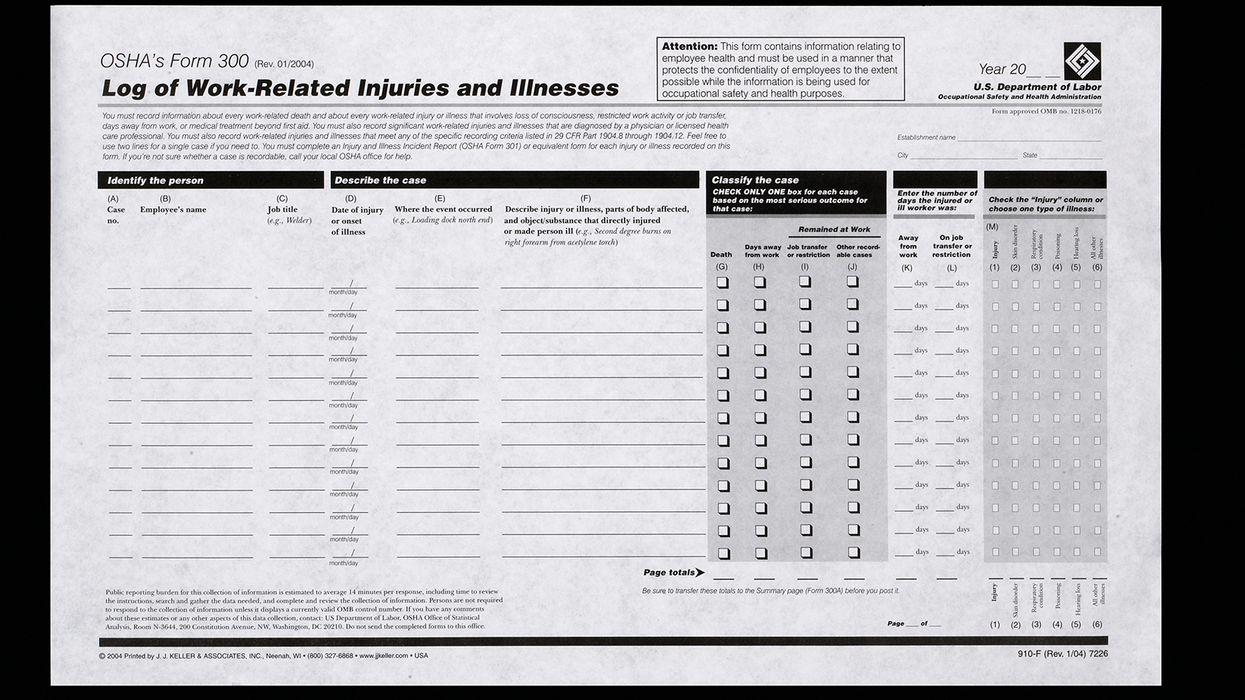Defensive driver training in Canada: Genuine skill building or just for show?
In the trucking industry, driver training is often touted as a critical component for ensuring road safety. However, the question often arises: is training genuinely effective, or simply just for show?
The case for driver training
Most of us in the transportation safety world agree that training is essential for reducing accidents and improving overall safety. Strong driver training programs can provide legal, financial, and safety benefits, helping carriers comply with regulations, reduce the risk of accidents, and potentially lower their insurance costs.
The National Safety Council (NSC) supports this view, reporting that traffic violation rates decreased significantly after drivers have completed a driver training program. The data suggests that the total violation rates dropped by 71 percent, minor violation rates by 74 percent, and major violation rates by 38 percent.
Defensive driver training can be a solution to reduce these violations. Defensive driving courses are designed to equip drivers with the skills to anticipate potential hazards and react to prevent accidents. These courses cover various topics, including speed management, understanding blind spots, fatigue management, and the importance of maintaining a safe following distance.
The skepticism surrounding driver training
A report by the Insurance Bureau of Canada highlighted an ‘urgent’ need to improve training for truck drivers. It pointed out that new drivers who have not received adequate training are contributing to making Canada’s roads less safe. Despite this report, there’s skepticism regarding the effectiveness of driver training in Canada.
Some argue that defensive driving training is not enough to address the root causes of accidents. They point out that the trucking industry still deals with long working hours, tight delivery schedules, and inadequate rest periods for drivers, which contribute to driver fatigue and reduced alertness. Some also argue that without proper enforcement and follow-up, the lessons learned in defensive driving courses can quickly be forgotten, making the training ineffective.
The reality of training standards
The reality is that training standards vary widely. While some Canadian provinces and territories have implemented Mandatory Entry-Level Training (MELT), others have not. Not all drivers start with the same skills and not all of them can effectively handle on-road situations.
While driver training can improve safety and reduce accidents in the trucking industry, its effectiveness depends on the quality and consistency of the training provided. As the industry evolves, so must the training methods. Driver training must evolve to keep pace with advancements in vehicle technology and road safety standards. Incorporating modern tools like simulators, online courses, and real-time feedback can enhance learning. Emphasizing defensive driving, eco-friendly practices, and understanding autonomous systems will prepare drivers for the future of transportation.
Training as a safety strategy
Defensive driver training won’t solve all safety issues in the trucking industry, but it is a critical component of a comprehensive safety strategy. Defensive driving training can significantly reduce the risk of accidents when combined with proper rest, reasonable schedules, and remedial training.
Key to remember: When done right, defensive driver training can work wonders in promoting safety on the road.
































































